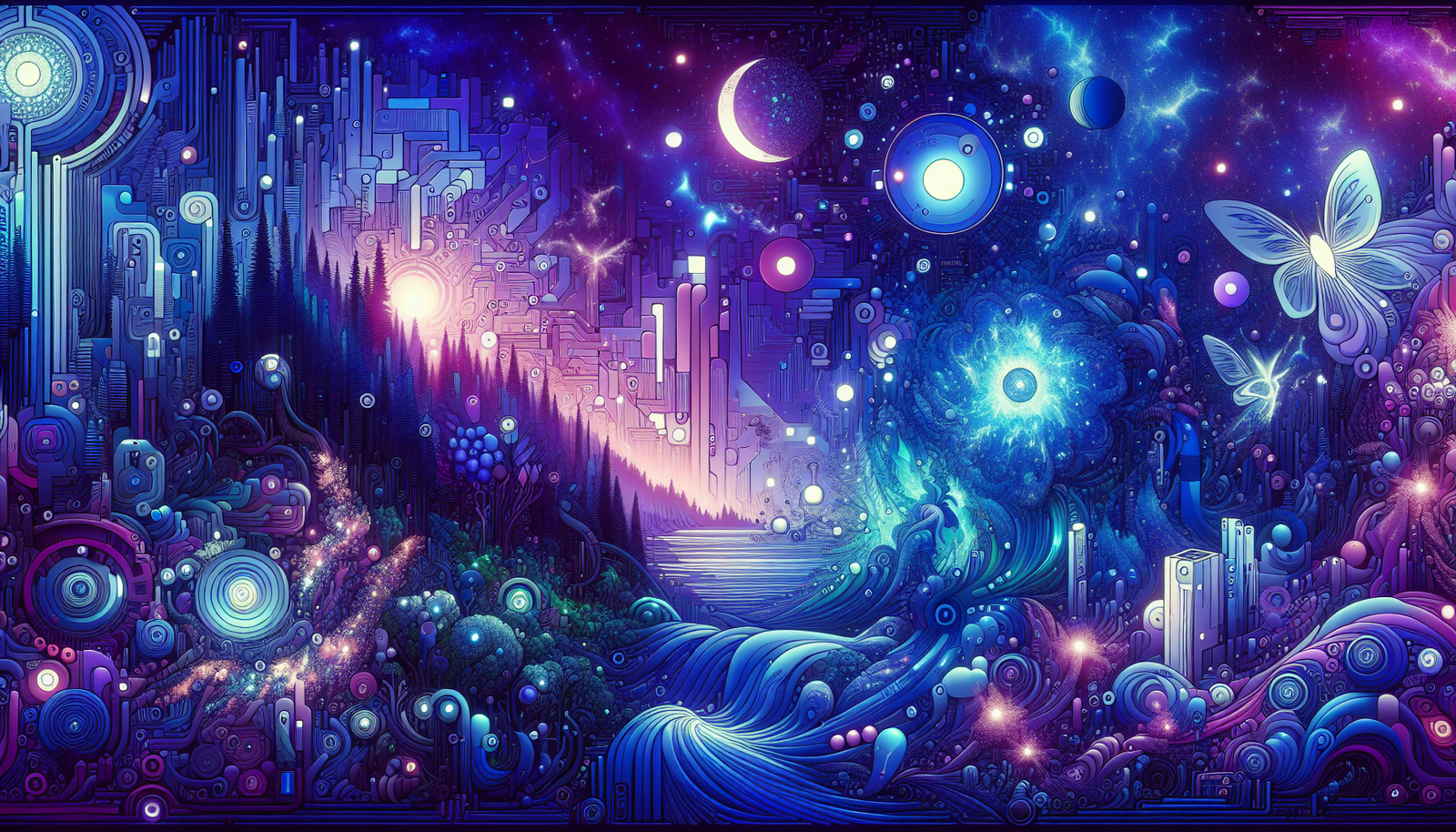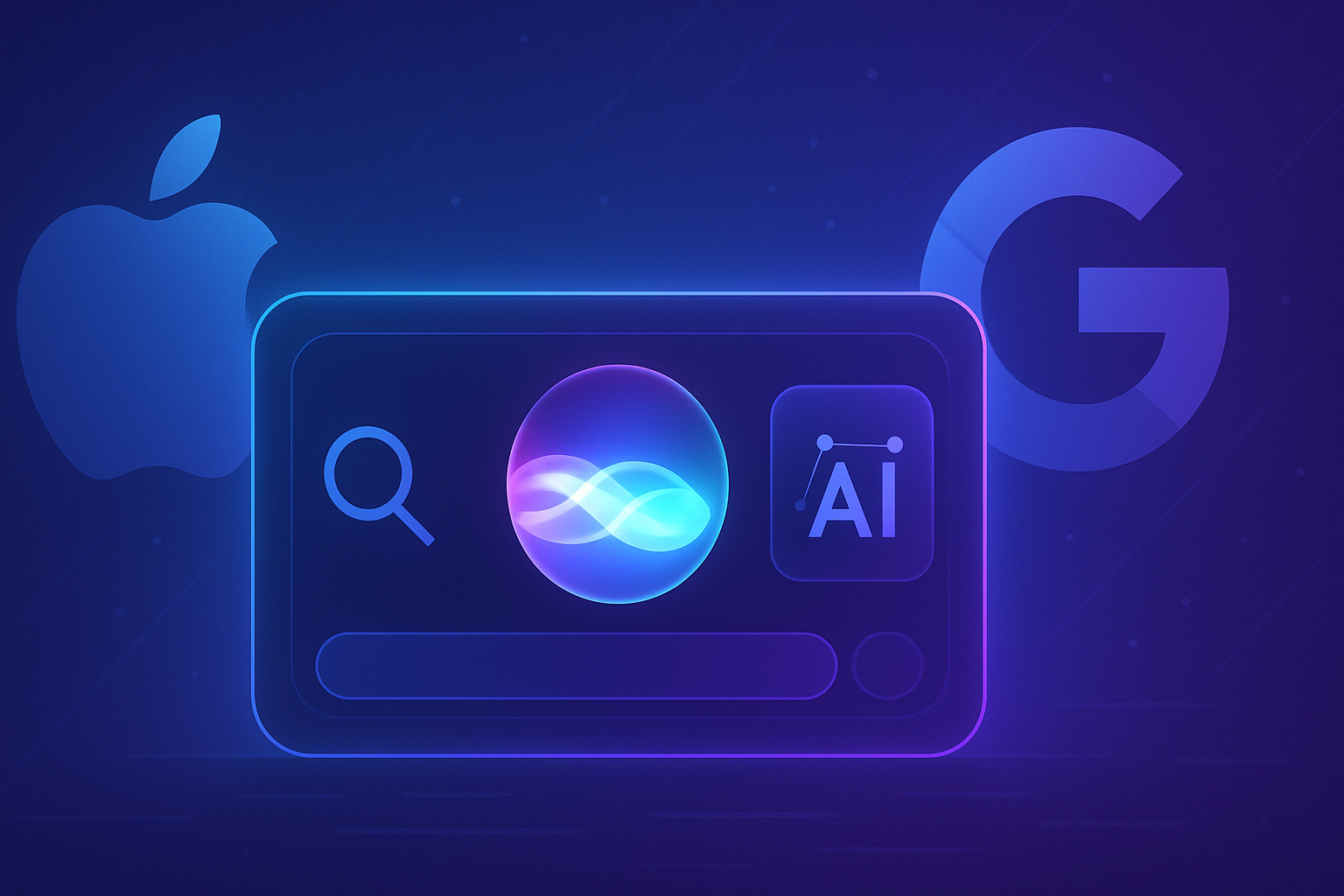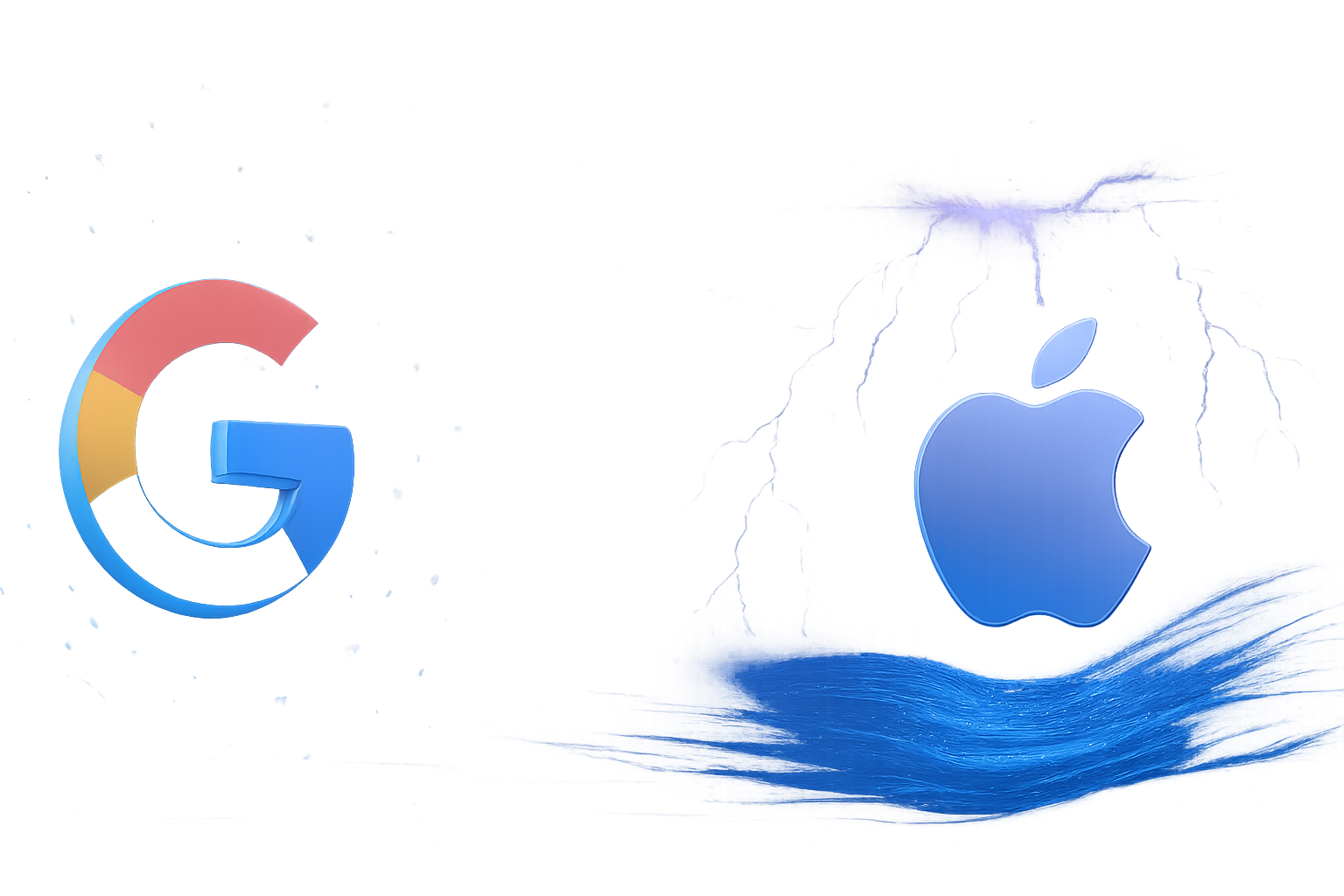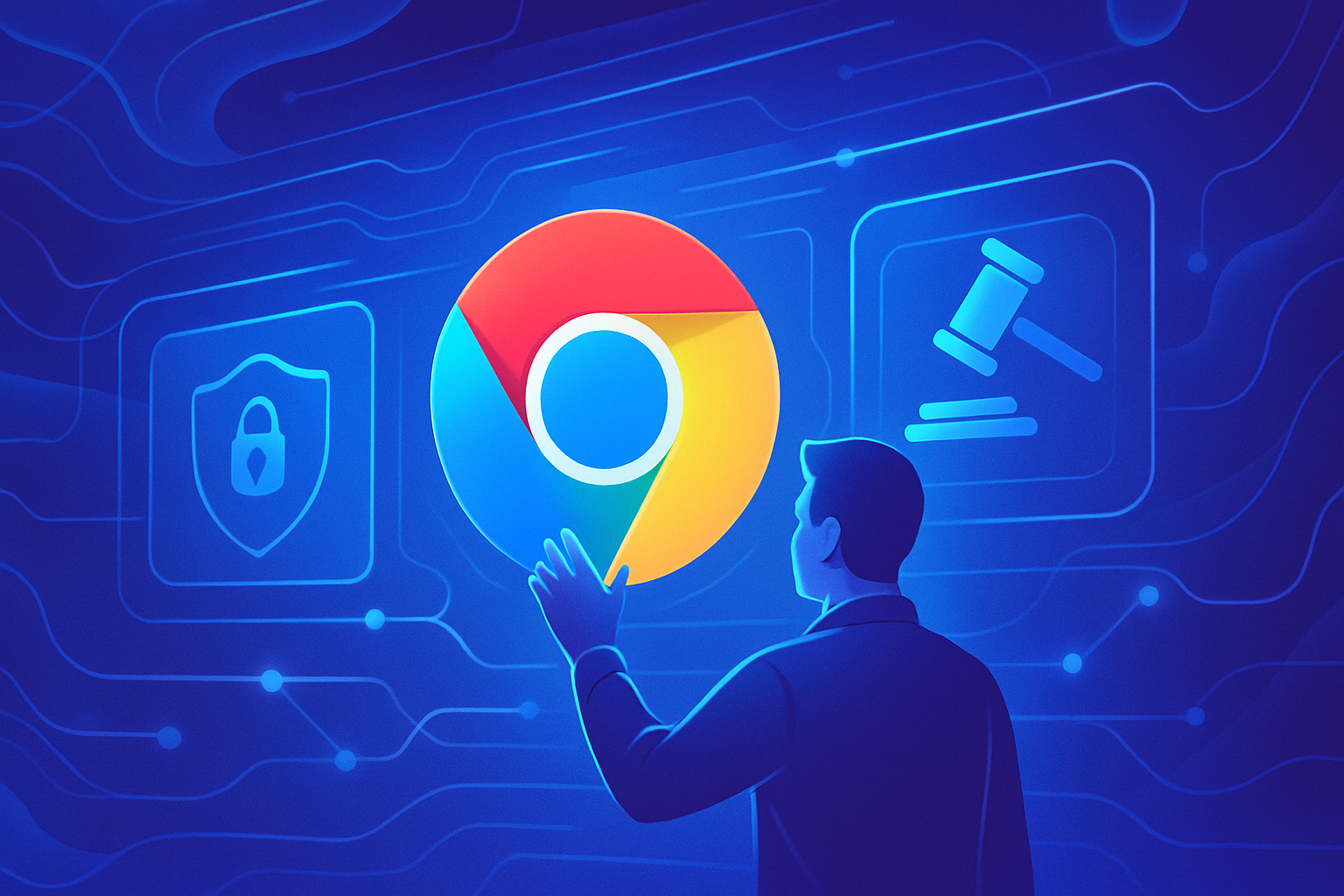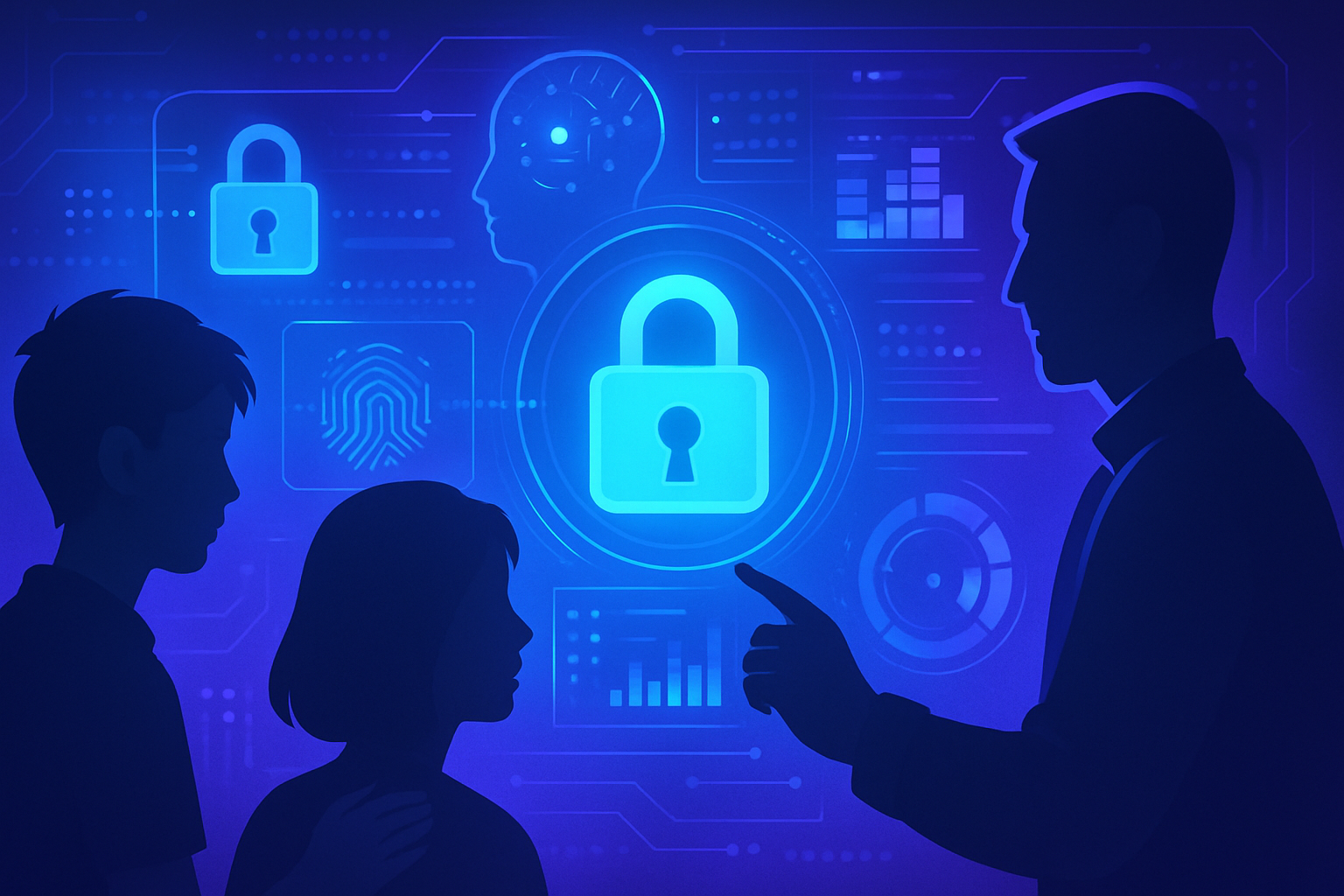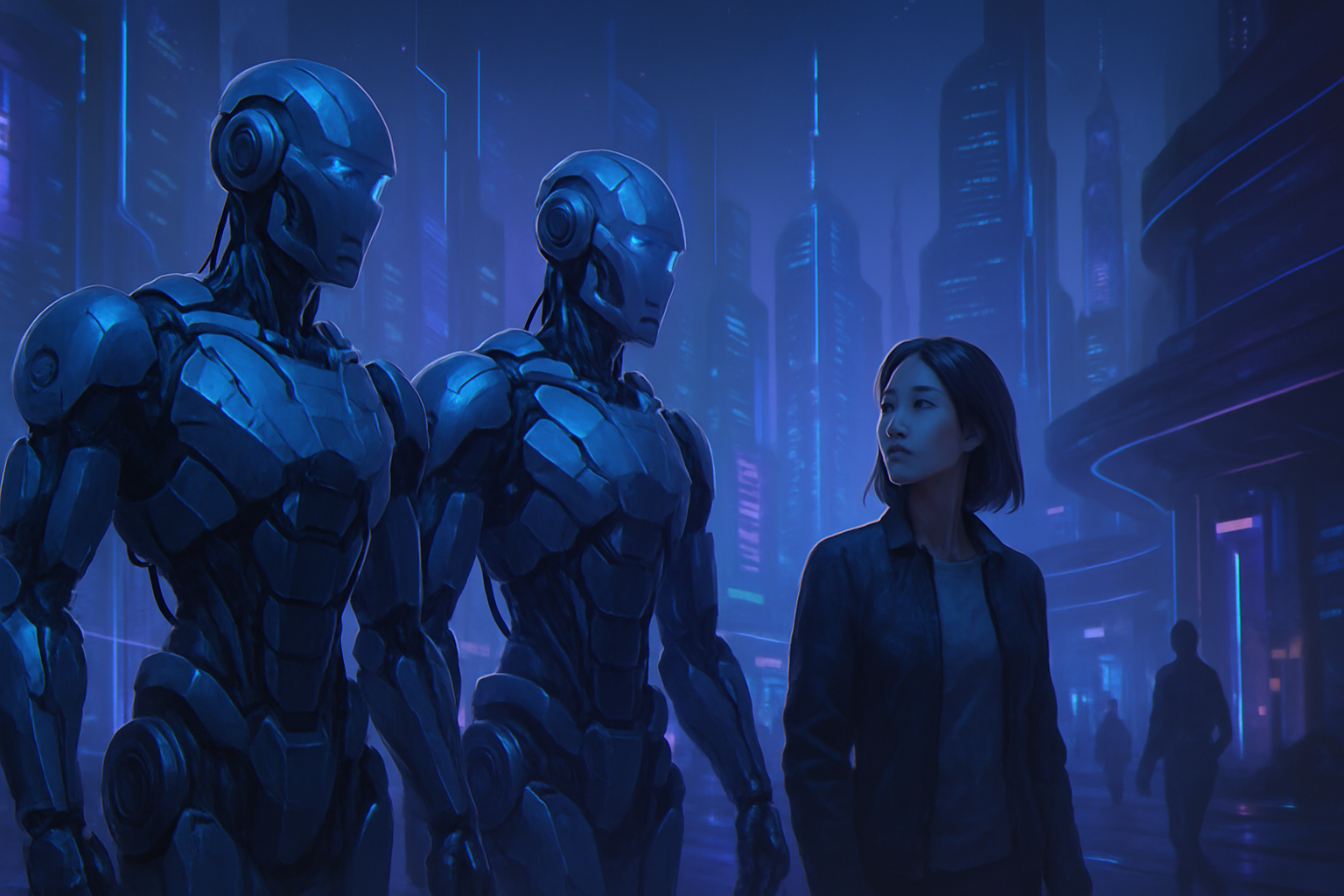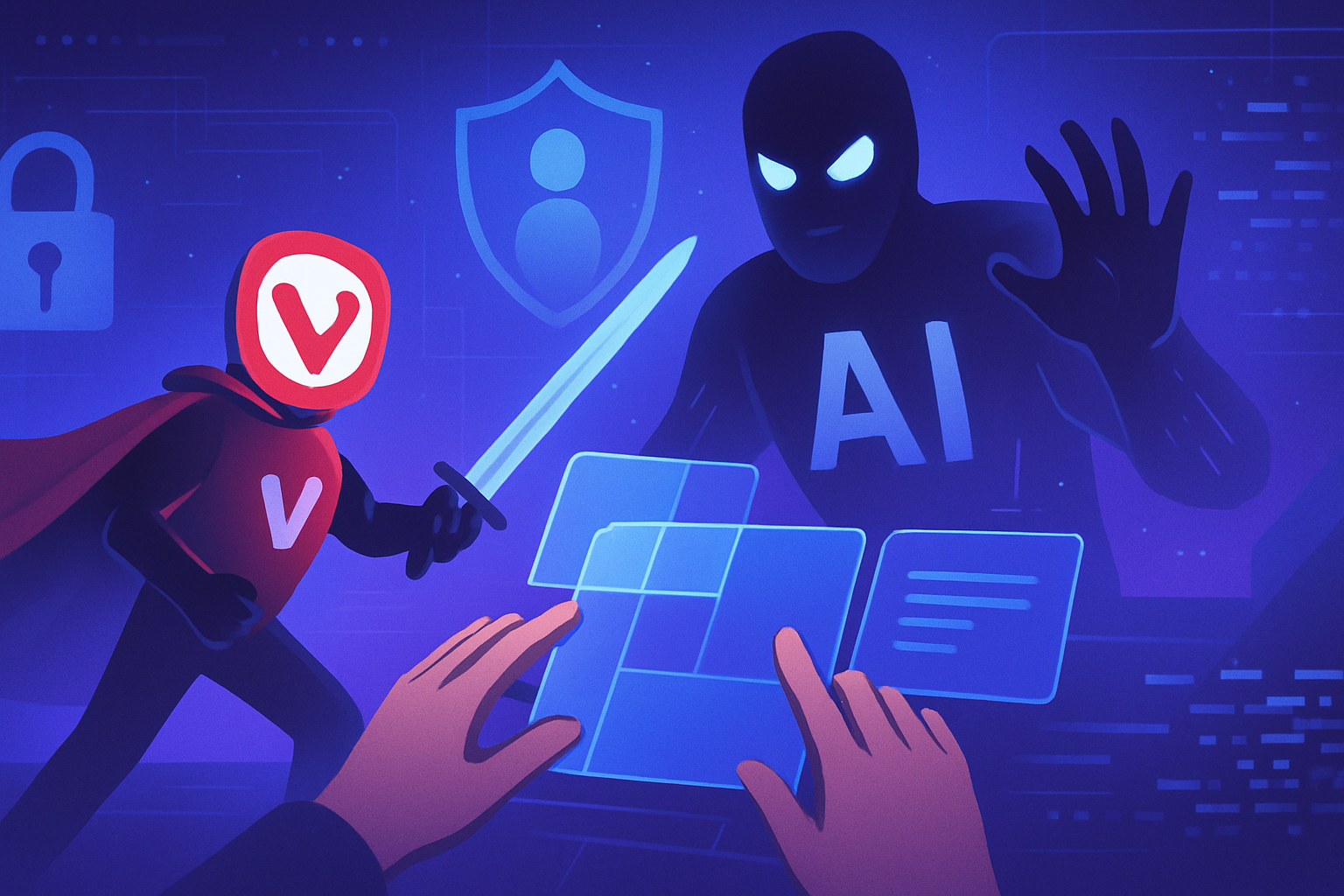The emergence of images generated by ChatGPT, inspired by the poetic universe of Studio Ghibli, raises vivid questions. This technology, praised for its striking realism, sparks debates on the limits of artificial creativity. The fascination provoked by the reinterpretation of iconic visuals from Hayao Miyazaki meets caution regarding intellectual property and respect for original works. Users, in search of transforming their memories into works of art, do not always grasp the ethical implications of their creations.
The Implications of ChatGPT’s New Features
The latest update of OpenAI’s artificial intelligence system has triggered a surprising phenomenon in the realm of visual creation. Thanks to its image generation option, ChatGPT has generated excitement, particularly by reproducing the iconic style of Studio Ghibli. Images inspired by these works of art have flooded social media, capturing the attention of users around the globe.
Visual Trends and Ethical Precedents
The trend began with the transformation of a family photo by a Seattle engineer, Grant Slatton. This image was quickly imitated by countless users. The program’s ease of use allows for the creation of stunning visuals with just a few simple phrases. From The Simpsons to Rick and Morty, works have also been recreated, but it is the Ghibli style that has dominated.
Ethical Questions and Legality of Use
AI-generated images raise complex questions regarding the legality and ethics of their use. Artists and content creators are concerned about how their work might be affected by these new technologies. Some critics argue that these works imitate without the consent of original artists, compromising intellectual property.
Creation of Fake Legal Documents
A worrying aspect is the publication of fake legal letters to accompany works created under the influence of the Ghibli style. These letters purport to define copyright around unauthorized content. This practice could quickly destabilize the creative ecosystem by introducing legal ambiguities.
Impact on Visual Culture
OpenAI’s ability to reproduce the Ghibli style also questions the authenticity of artistic creations. Even though the technology opens up innovative possibilities, it competes with the work of real artists. As a result, debates are developing around the definition of art and how it should evolve in the digital age.
Response from Institutions and Cultural Players
Iconic figures in the cultural industry, including platforms like Netflix, are closely monitoring these developments. Growing concerns have led some companies to question the integrity of AI-generated content. In response, demonstrations of support for artists are emerging, highlighting the need for a clear legal framework.
Examples of Notable Controversies
AI-generated images that resemble Ghibli works often become subjects of debate on social media. A banner image removed by Netflix demonstrated how fans detect elements suggesting an AI-generated creation. This situation increases distrust towards AI tools and exacerbates tensions between innovation and respect for original creations.
Future Perspectives and Technological Evolution
On a global scale, the creation of images by AI could transform the artistic landscape. The boundaries between traditional and digital art are increasingly blurred. A harmonious collaboration between artists and technologies could offer a future where artificial intelligence complements, rather than replaces, human artistic expression.
The need for a debate around these issues is intensifying as creations inspired by Studio Ghibli continue to resonate within the artistic community. The balance between technological innovation and respect for artistic heritage will be fundamental for progress without compromising cultural values.
Questions and Answers on the Controversies Surrounding ChatGPT Images Inspired by the World of Studio Ghibli
What are the main controversies regarding images generated by ChatGPT mimicking the style of Studio Ghibli?
The main controversies involve issues of copyright, appropriation of artistic style without permission, and the ethical implications related to reproducing the iconic artworks of Hayao Miyazaki.
How has Studio Ghibli reacted to creations generated by ChatGPT?
To date, Studio Ghibli has not made any official statement regarding images generated by ChatGPT, leaving room for various interpretations among fans and critics.
Do images generated by ChatGPT respect the copyright of the original Ghibli works?
There is an ongoing debate on this matter, as generating images inspired by a recognized style may potentially violate copyright if they are very similar to the original works.
What are the legal risks associated with using images inspired by the Ghibli style created by ChatGPT?
The use of such images could lead to lawsuits for copyright infringement, especially if these images are used for commercial purposes without authorization.
Should ChatGPT users fear repercussions for generating or sharing these images?
While users are generally not targeted, the reproduction of works without authorization remains a risk, particularly in commercial contexts.
What ethical alternatives exist for creating works inspired by the Ghibli style?
Alternatives include developing original styles, purchasing licenses for legal use, and exploring personal artistic creations that draw inspiration from the universe without directly reproducing it.
How can users ensure they respect copyright when using AI to create images?
Users can respect copyright by familiarizing themselves with intellectual property laws, avoiding direct imitation of protected styles, and seeking permission when necessary.
Are artists affected by this trend of image generation via AI?
Yes, this trend raises concerns among many artists who fear it may diminish the value of their works and reduce opportunities for creative work.
